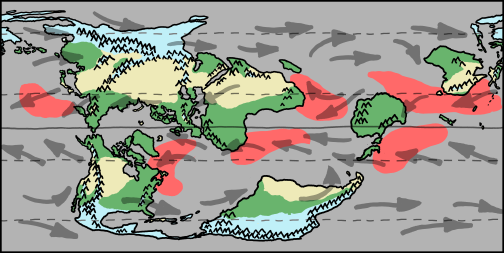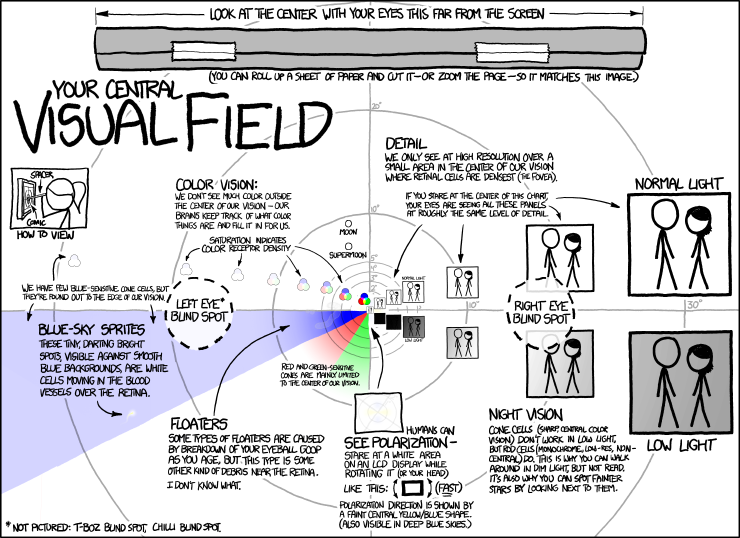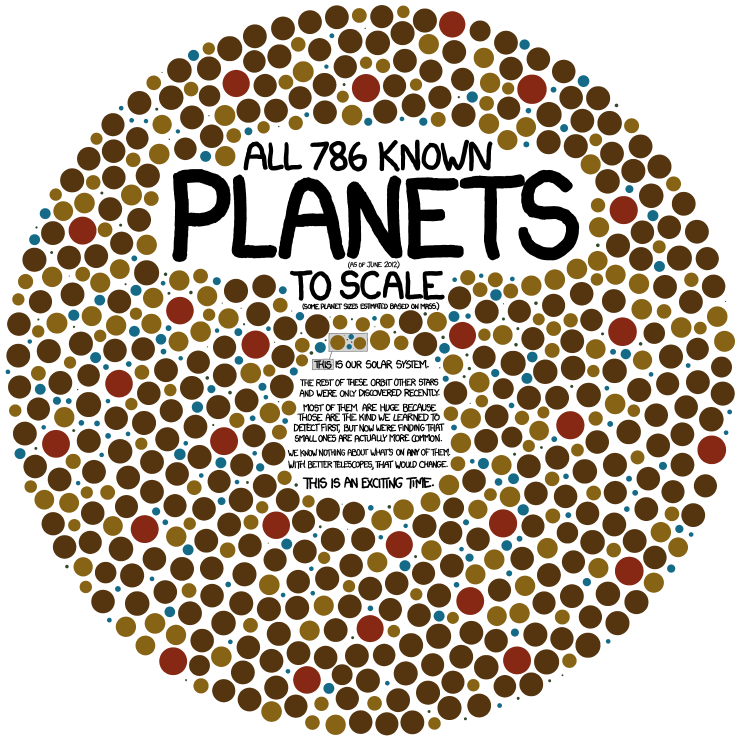at least in terms of outflow.

via xkcd of course.
I make a lot of maps in my line of work. Often times, they are not particularly interesting. Mostly because they follow similar patterns to this. More stuff is bought and sold where there are more people. More stuff is bought and sold where more people have more money. Et cetera, et cetera.

Maps are sometimes very useful. But I have a saying when people ask for a map of some kind of data tied to geographies: Maps are not silver bullets. That is to say, just because you throw data about countries, states, or counties onto a map does not mean you are going to see anything worthwhile let alone new or unexpected.
Credit for the XKCD piece goes to Randall Munroe
Today is Election Day. Did you vote yet? If not, why the hell not?
But you are not just voting for president, you are also voting for senators (in some states at least, like Pennsylvania), your congressman or congresswoman, state assemblies, ballot initiatives, &c. And in that spirit, this last pre-vote result post comes from xkcd and looks at the history of Congress and how it leaned right or left over all the years. It’s big, but worth a look.

Credit for the piece goes to Randall Munroe
When I was younger—albeit not by much—I applied my interests in geography, history, and politics to create maps of fictional places. I used knowledge of things like the Hadley cell and the Koppen climate classification system to figure where on the maps I drew people would be able to live in temperate climates and where nobody could live because it would be an arid desert. I also read encyclopedias growing up, so go figure.
But I never bothered to apply my amateurish interest in geography and climatology to Earth. Rather, to an alternate Earth. But Randall Munroe over at xkcd did take a “what if” about a rotated Earth’s surface and investigated what would be the results. Of course he is also not an expert and even after thousands of years of living on this planet, humanity has yet to figure out all the variables that determine climates. But he gave it a shot. And he explained how it works (in theory). The result is called Cassini.

Blue is cold; think Siberia. Green is temperate; think rain and trees and, well, green things. Yellow is arid; think deserts. Red is hurricane zones—appropriate for summer. Think, well, hurricanes.

Turns out Philadelphia would still be a great place to live. Just saying.
From XKCD comes an informative infographic about your central visual field. As always, it’s quite informative. It’s not quite light hearted for Friday, but you’ll probably get an odd look or a laugh when you move your face really close to your monitor…

Also as always, credit for the piece goes to Randall Munroe.
Sometimes an infographic needs to put us in our place. Humanity is but one of many species on one of many planets in one solar system. Over at xkcd, we can see how only now are we beginning to expand our knowledge of how many other solar systems and planets there are (and that are just waiting to be discovered).

Credit for the piece goes to Randall Munroe.